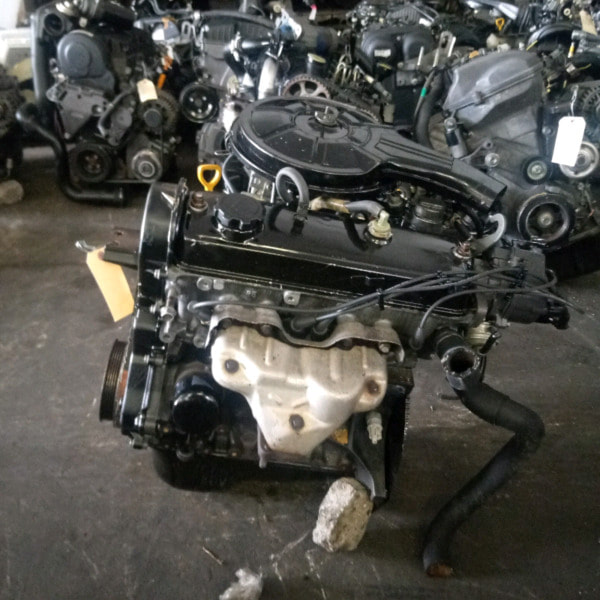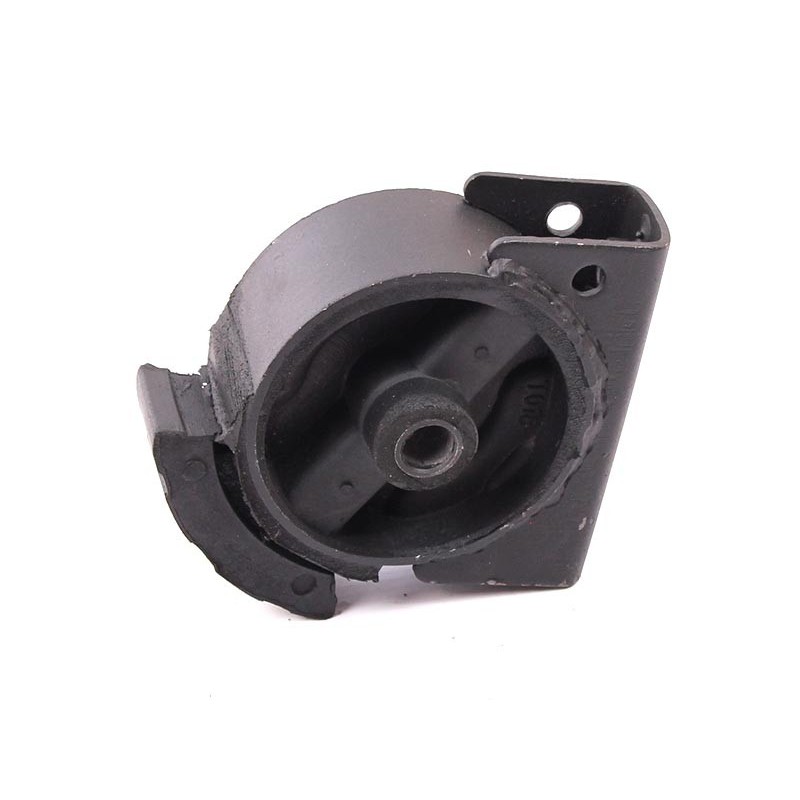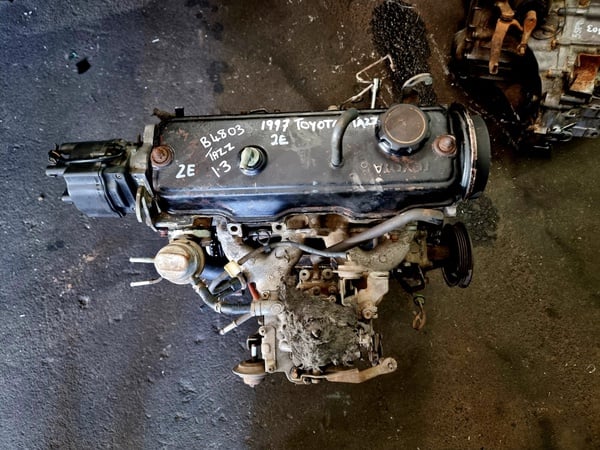Revitalize Your Automobile: Toyota Tazz Engine for Sale Now Readily Available
Revitalize Your Automobile: Toyota Tazz Engine for Sale Now Readily Available
Blog Article
Engine Buying Professional Tips on Picking the Right Engine for Your Particular Demands
Selecting the right engine for your details demands involves a complex interaction of elements that go beyond mere horsepower figures. By diving right into the complexities of power versus efficiency, examining gas scores, and budgeting for long-lasting prices, one can absolutely enhance their engine option.
Power Vs. Performance: Finding the Balance

When selecting an engine, it is crucial to strike an equilibrium between power and effectiveness to satisfy your specific demands efficiently. Power refers to the engine's ability to produce energy for propulsion, figuring out factors like acceleration, towing capability, and overall performance (Toyota Tazz Engine For Sale). On the other hand, performance associates with exactly how well the engine makes use of gas to produce power, affecting factors such as fuel economic situation and ecological kindness
Accomplishing the best balance between power and performance is crucial since an engine that is as well powerful may consume extreme fuel, bring about higher operating expense and unnecessary strain on the environment. Conversely, an engine that prioritizes effectiveness over power might cause slow-moving efficiency, specifically popular situations like pulling heavy lots or driving uphill.
To make a notified decision, consider variables such as your normal driving problems, the designated use of the vehicle, and your personal preferences. By reviewing your top priorities and needs, you can pick an engine that strikes the ideal balance in between power and effectiveness, making certain optimal performance while minimizing environmental impact and operating expense.
Understanding Engine Dimension and Kind

Common engine types consist of inline engines, V engines, and rotating engines, each with its unique advantages and disadvantages. Comprehending the interplay between engine dimension and type is crucial in choosing an engine that lines up with your details demands and top priorities, whether it be power, performance, or a balance of both.
Consider Your Automobile's Requirements
Considering your automobile's needs is a fundamental action in the engine option procedure to ensure ideal performance and capability. It is vital to evaluate variables such as the planned use of the automobile, its weight, towing capability, and gas performance needs. As an example, if you are searching for an engine for a heavy-duty truck that will certainly be utilized for towing, you will certainly require a powerful engine with high torque abilities. On the various other hand, if go to this site you are picking an engine for a compact automobile largely used for city travelling, fuel efficiency may be an extra critical variable to take into consideration.

Reviewing Fuel Performance Ratings
Assessing gas performance rankings is a critical element of choosing the appropriate engine for your lorry, making certain cost financial savings and ecological sustainability. Gas effectiveness rankings, usually determined in miles per gallon (MPG) for gas engines or kilowatt-hours per next 100 miles (kWh/100 miles) for electrical engines, suggest exactly how much a car can take a trip on a specific amount of gas or power. Greater MPG or reduced kWh/100 miles worths indicate extra reliable engines, converting to decreased fuel expenses and lower carbon discharges.
In addition, compare various engine alternatives within the same car course to determine the most cost-effective option. Elements such as engine dimension, weight, the rules of aerodynamics, and crossbreed or electric capacities can all affect gas performance.
Budgeting for Long-Term Expenses
Strategically intending for long-term expenses is crucial when choosing an engine, guaranteeing monetary sustainability over the lorry's life-span. While the initial acquisition rate of an engine is a significant factor, it is vital to think about the long-lasting expenses linked with upkeep, repairs, and fuel intake.
Moreover, looking into the accessibility and expense of replacement parts for the chosen engine is important in budget planning. By carefully budgeting for these long-lasting expenditures and factoring them right into the decision-making procedure, view individuals can choose an engine that not only meets their instant demands yet additionally remains cost-effective throughout its life expectancy.
Conclusion
To conclude, picking the ideal engine for your specific demands needs balancing power and performance, comprehending engine dimension and kind, considering your car's requirements, reviewing gas effectiveness rankings, and budgeting for lasting prices. By carefully considering these elements, you can make certain that you select an engine that meets your requirements and provides optimal performance for your car.
To further fine-tune the selection procedure of an engine that strikes the ideal balance in between power and effectiveness, it is vital to dive into the details of recognizing engine size and type. Engine size refers to the overall quantity of air and gas that can be pushed through the engine cyndrical tubes. Typical engine kinds include inline engines, V engines, and rotating engines, each with its distinct advantages and disadvantages. Understanding the interplay between engine size and kind is essential in selecting an engine that aligns with your details demands and top priorities, whether it be power, performance, or an equilibrium of both.
Fuel performance rankings, typically determined in miles per gallon (MPG) for gasoline engines or kilowatt-hours per 100 miles (kWh/100 miles) for electric engines, indicate how far an automobile can take a trip on a specific quantity of gas or power.
Report this page